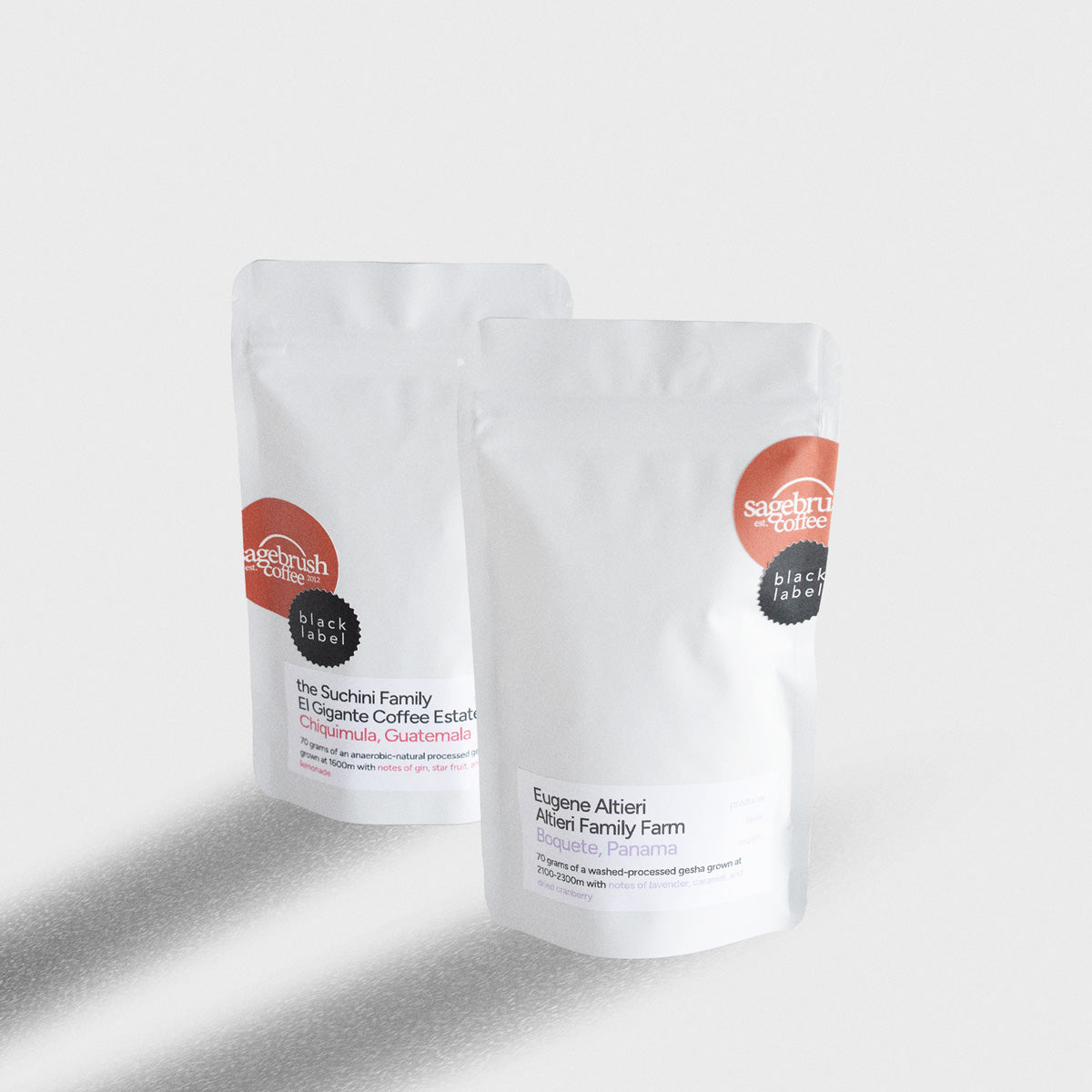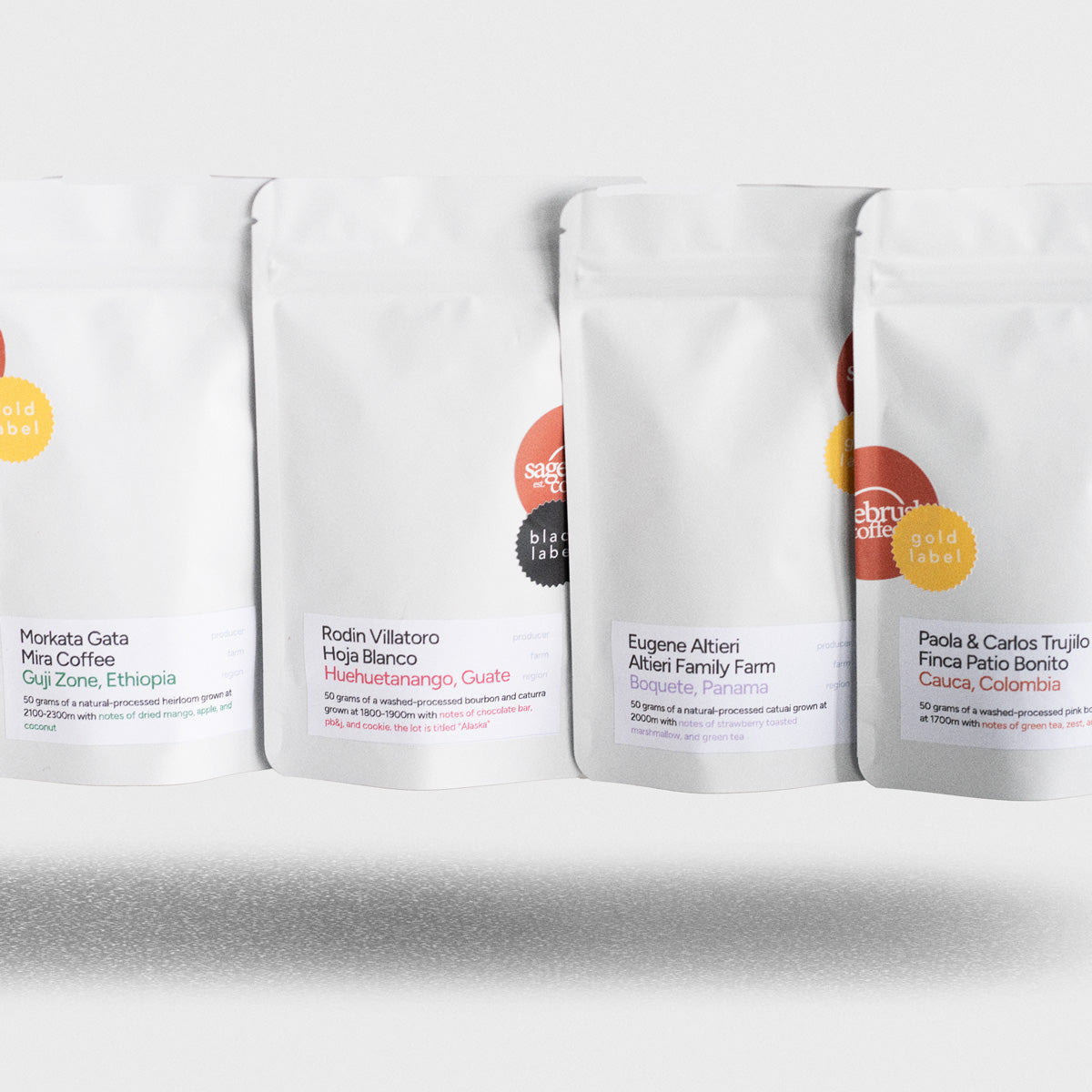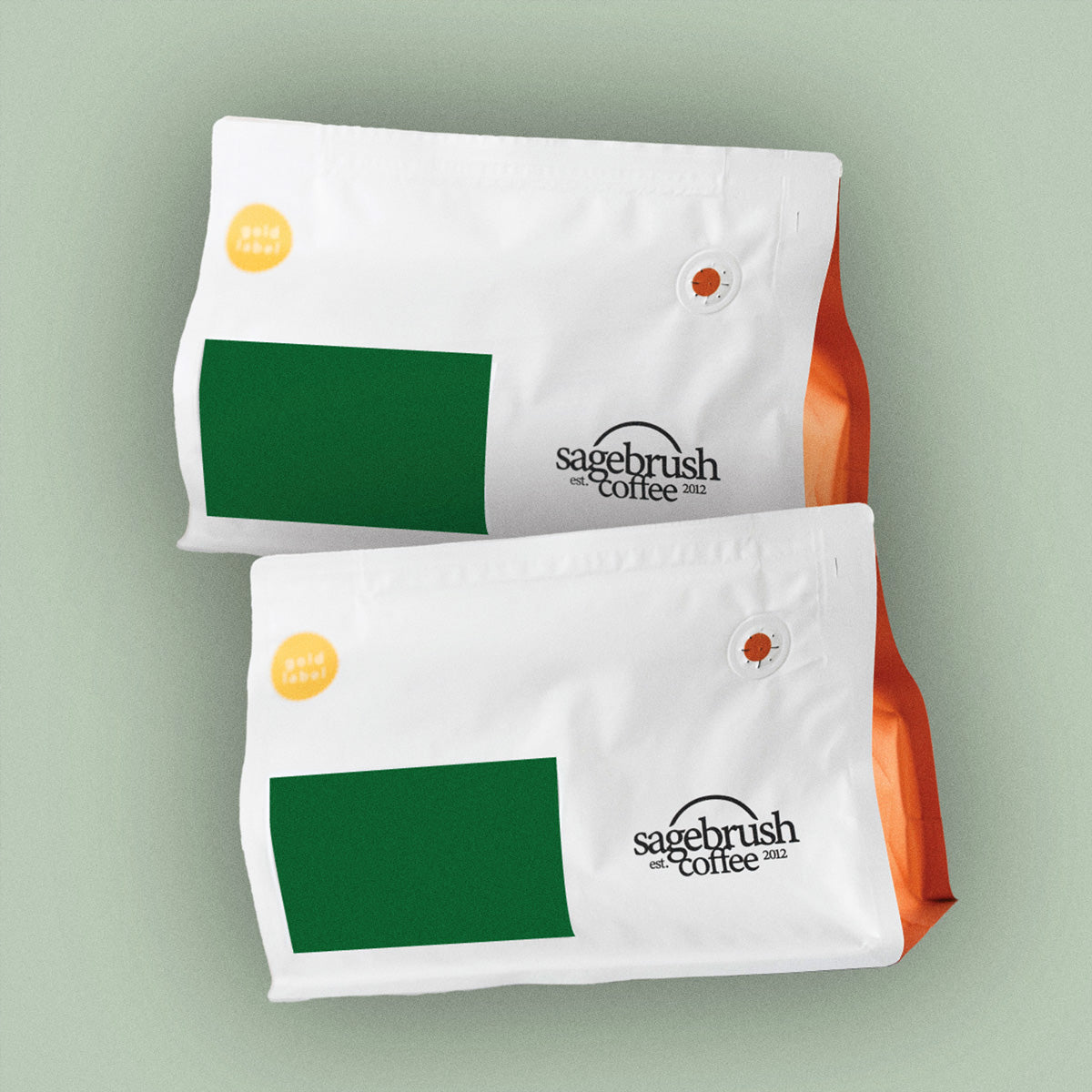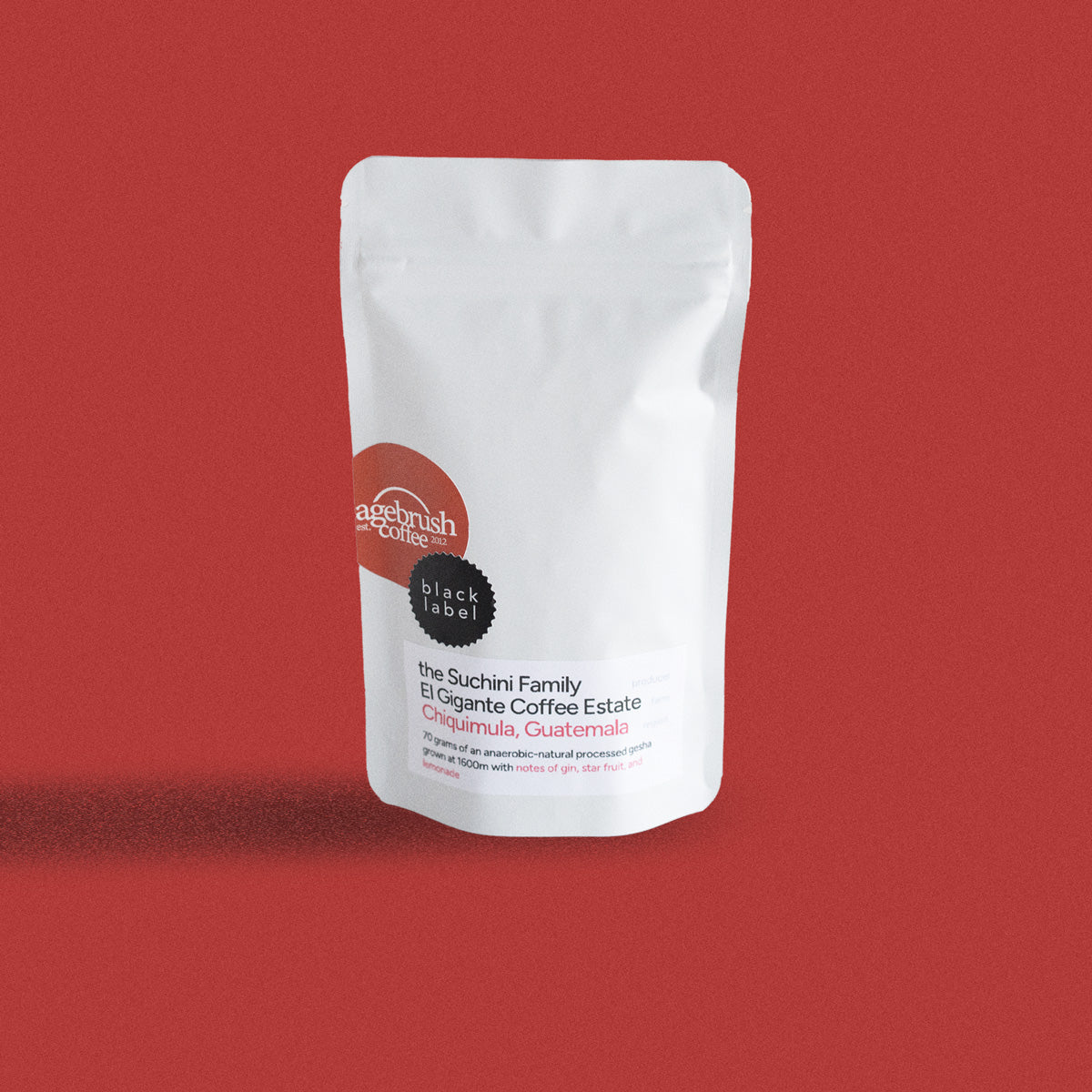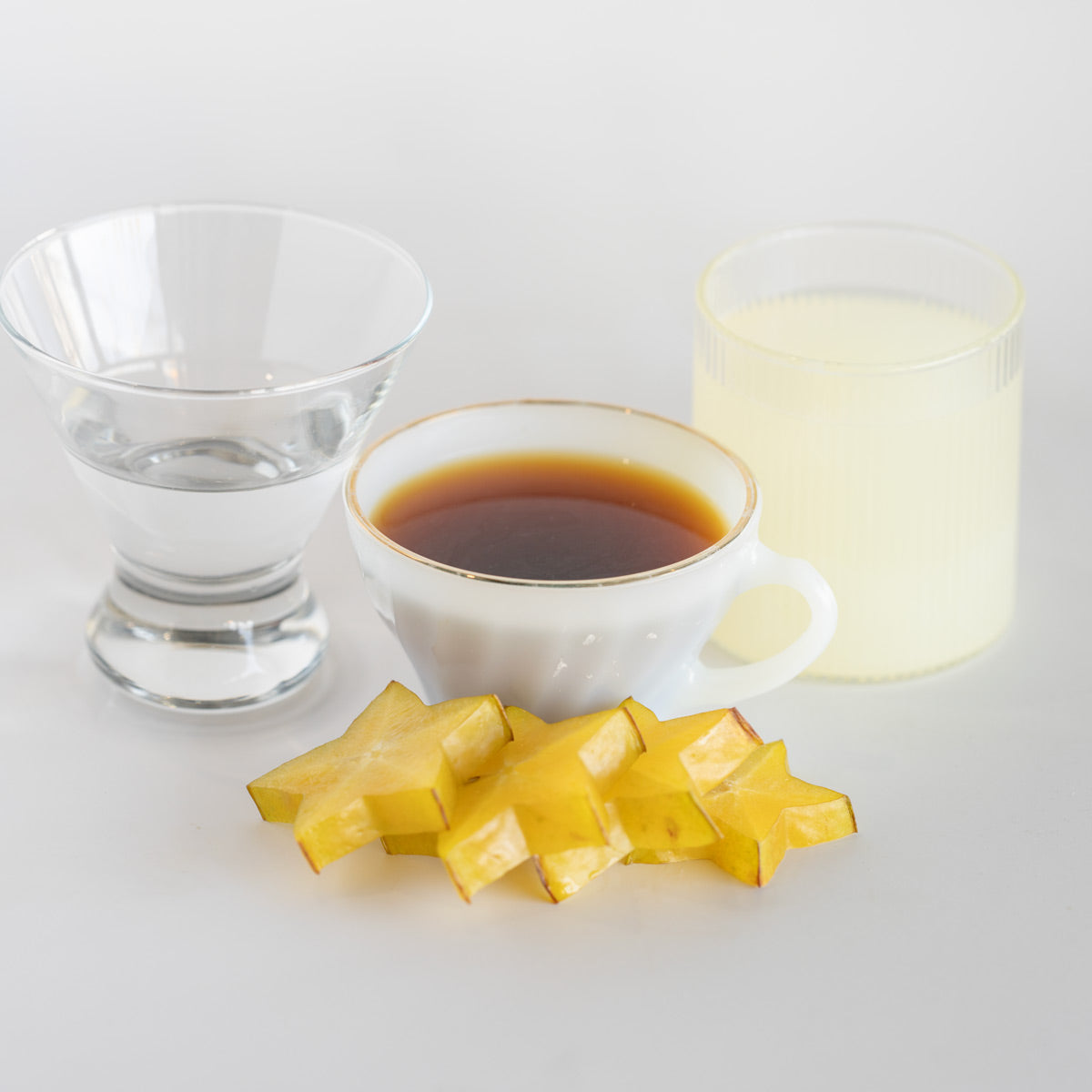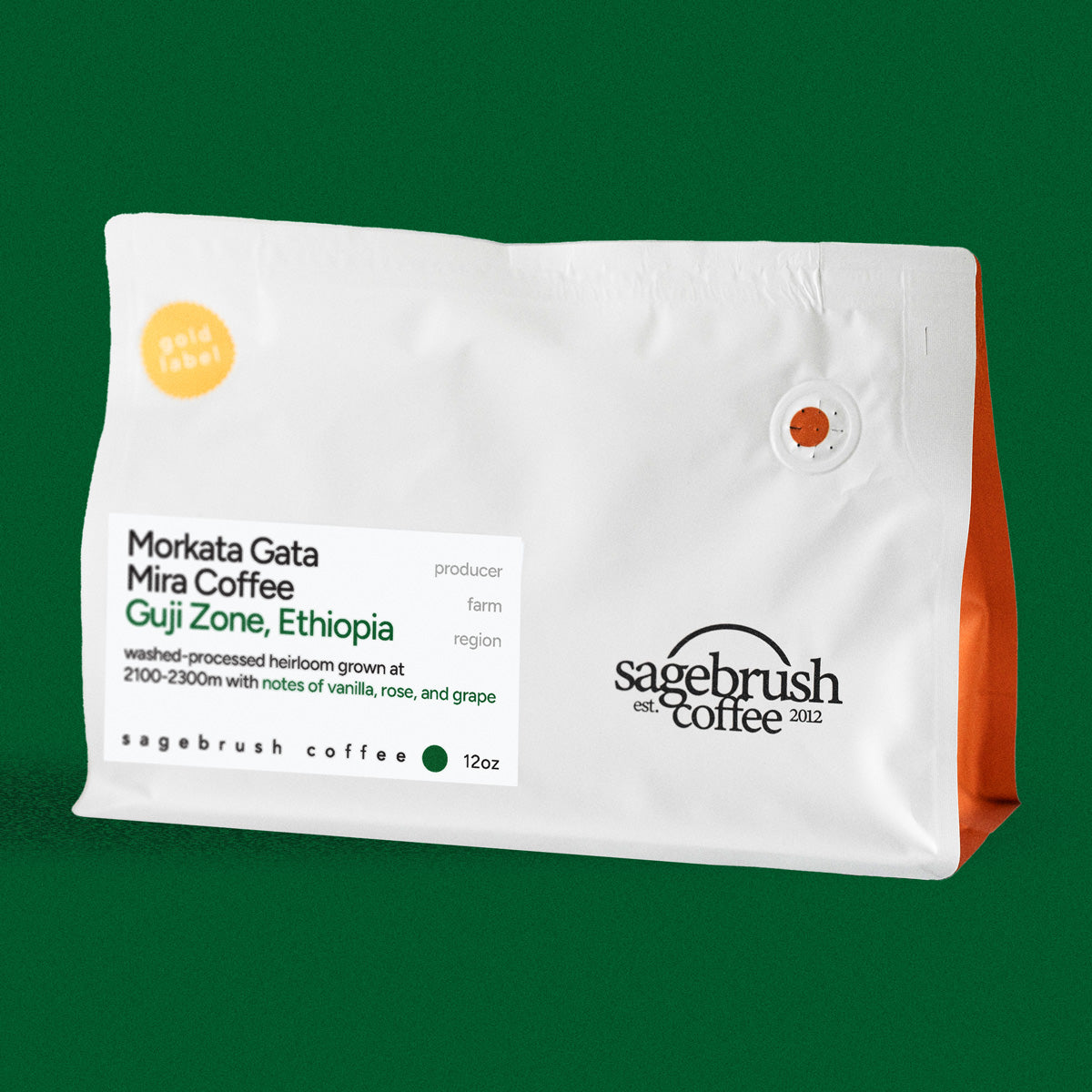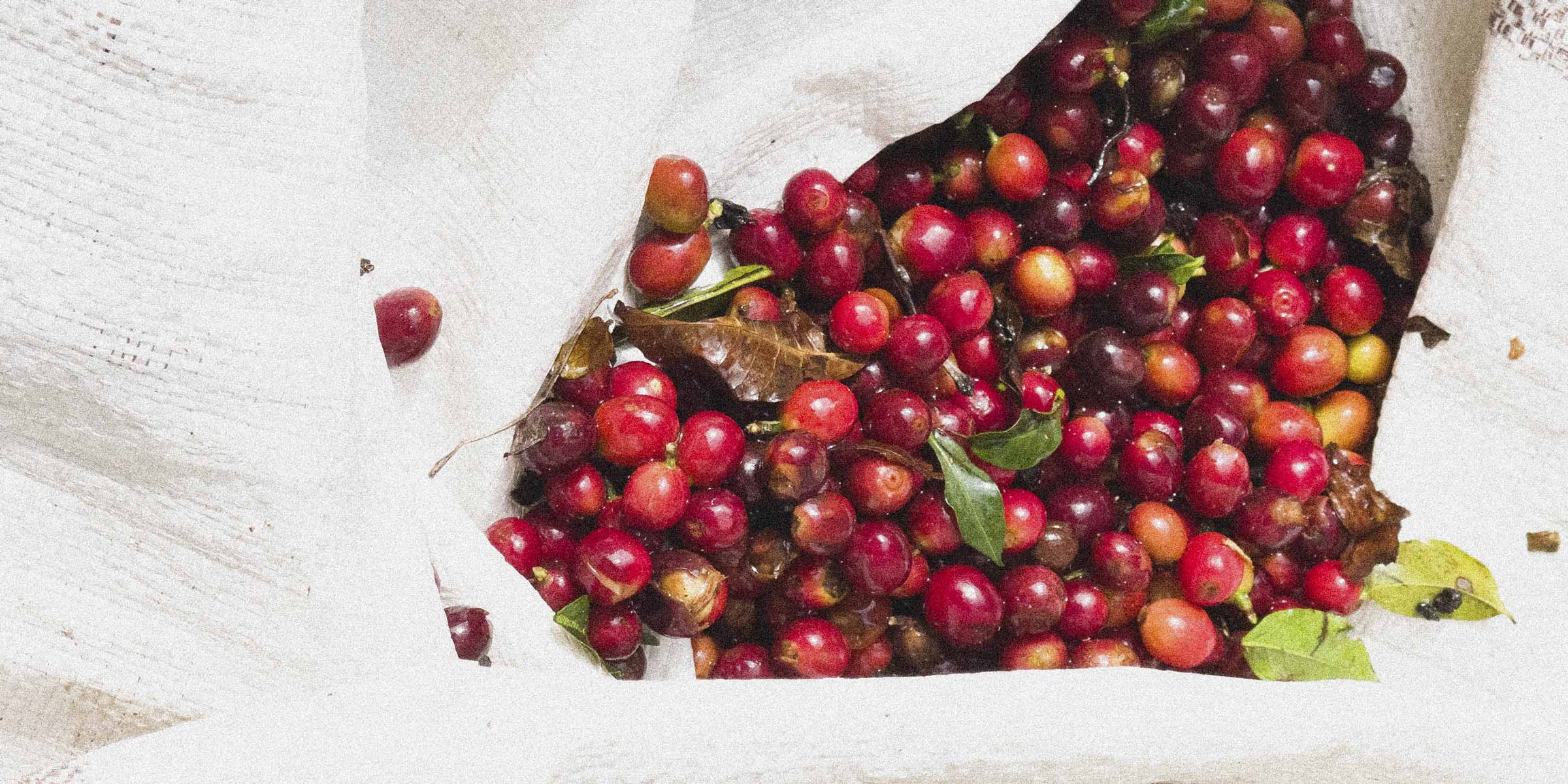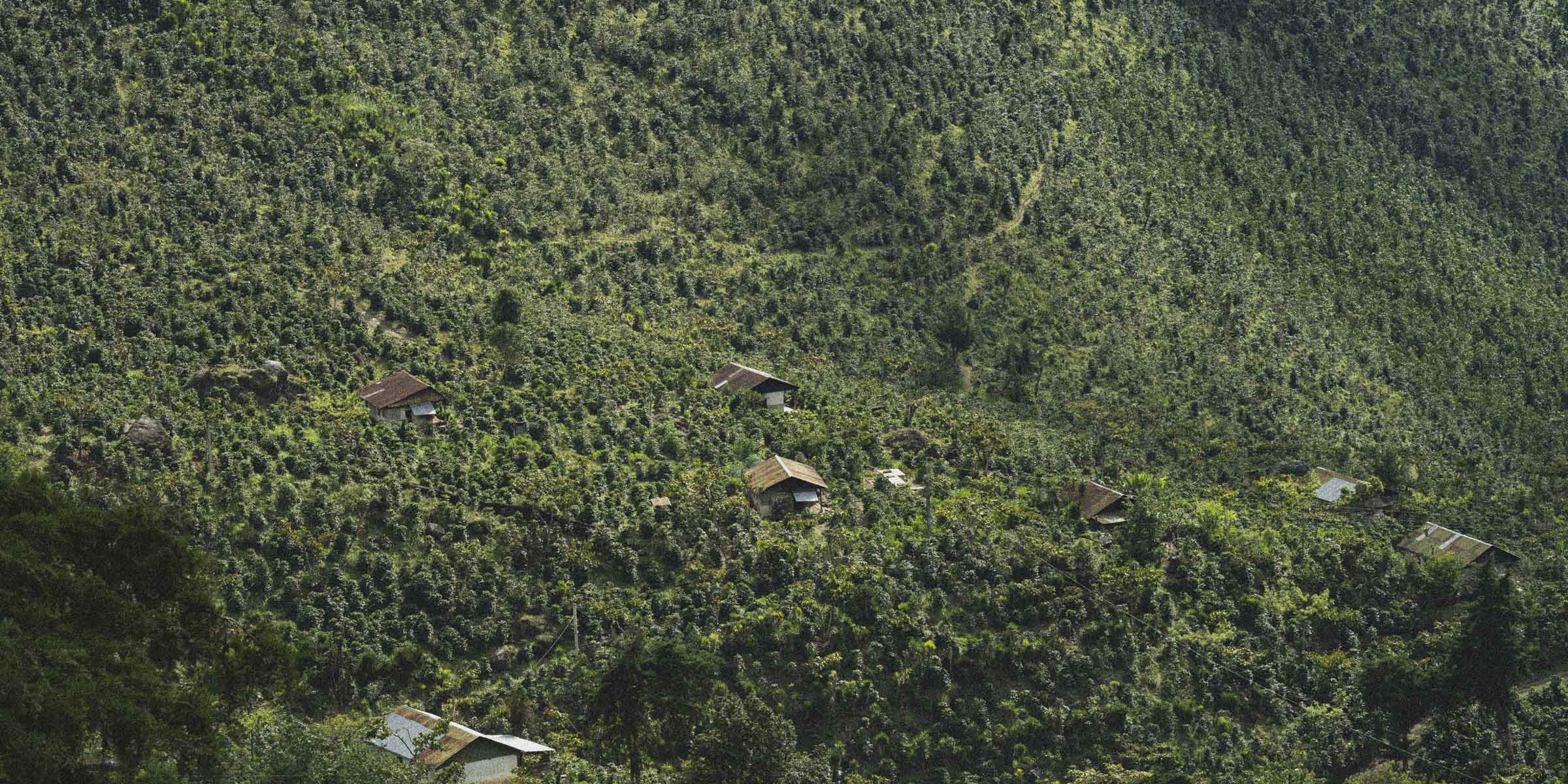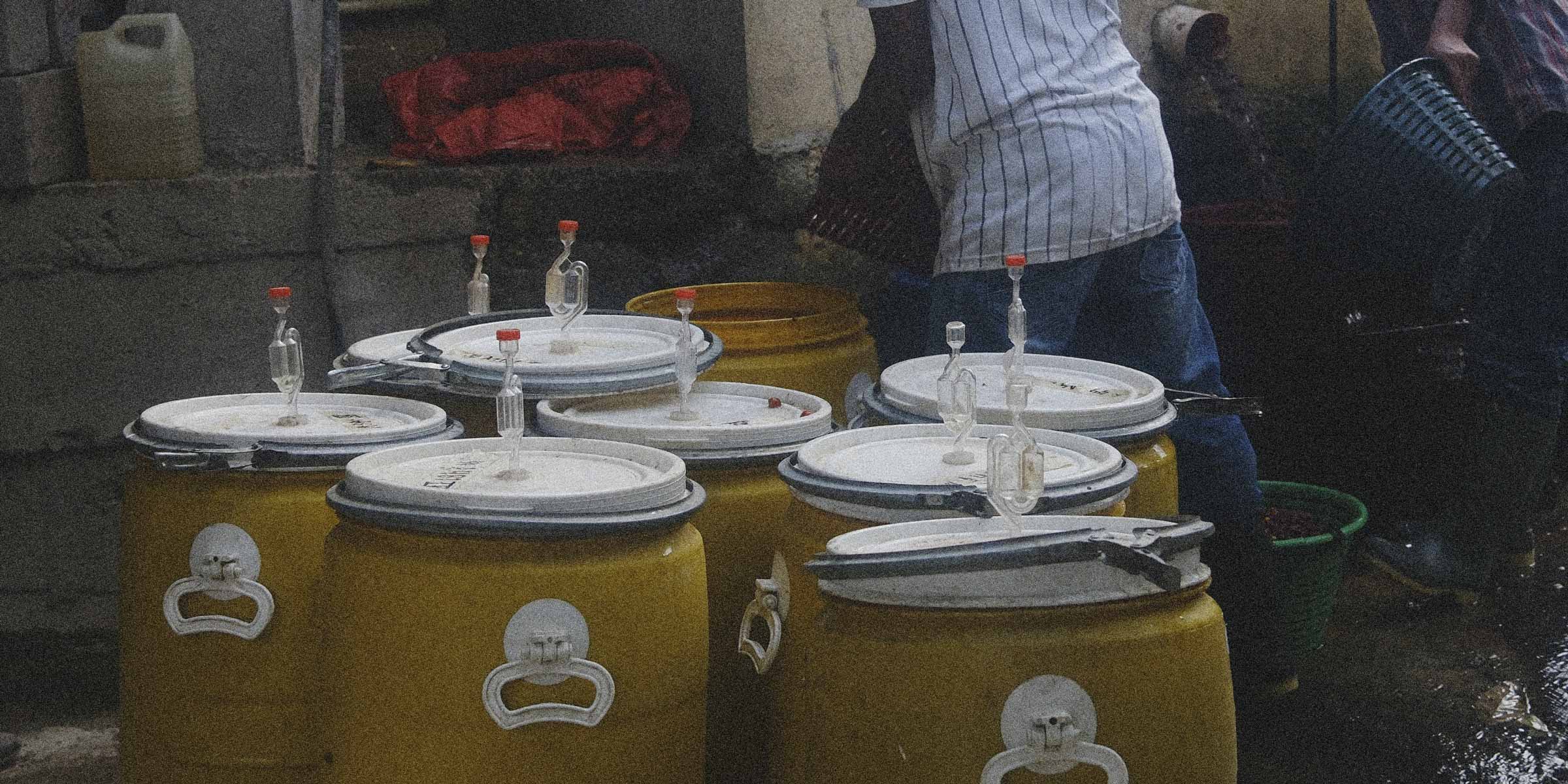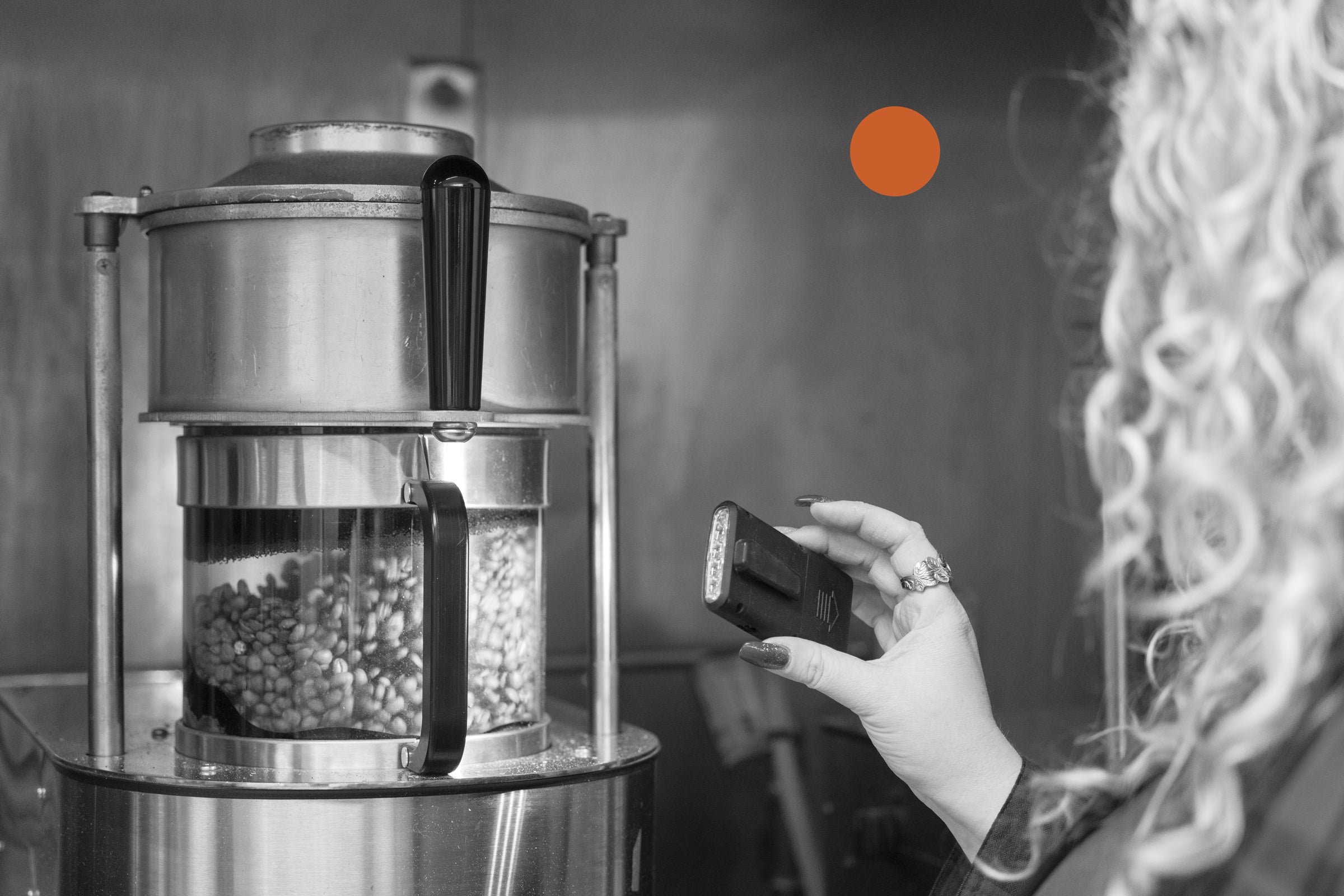To understand coffee varietals, let’s think about apples.
Granny Smith, Fuji, and Red Delicious are all apples, but each variety has its own unique physical characteristics, color, shape, and most importantly; flavor profile.
Coffee is the exact same way.
The coffee plant has subsets of varieties, each with its own characteristics. A Bourbon, a Pacamara, and a Geisha variety are all Arabica cherries, but each has its own subset of differences from one another. For example, a Geisha bean will be more floral than a Bourbon, a Catuai will be more acidic than a Typica, and so on.
It’s easy to make these distinctions when the fruits are on display, but what makes coffee so nuanced is the fact that we are completely removing the fruit, breaking down the whole anatomy of the seed itself, and altering the seed’s color by roasting it. The coffee process whittles down those once obvious distinctions in the coffee cherries to a now fine-tuned set of micro differences.
But let’s back up for a minute to make sure we understand what coffee actually is.
Believe it or not, coffee is not a bean at all; it is a seed, and from that seed grows what we refer to as the coffee tree. Generally, that coffee tree produces fruit every year, making the coffee world work on a yearly cycle. Thankfully for us, different countries' rotation cycles are at other points of the year, so we can enjoy fresh coffee crops all year round.
What we call a variety is a variation of the Arabica plant. There are two main coffee species from which all coffee varieties come: Arabica and Robusta. However, we are only concerned with the Arabica species as the vast majority of specialty coffee is Arabica and not Robusta, due to Robusta’s bitterness and lack of complexity.
Now that we have a basic understanding of what coffee is, let’s dive deeper into the world of coffee varieties.
Where Do Varieties Come From?
To answer this, we have to go back. Way back.
To the 1500s and to Ethiopia. See, most coffee traces back to Ethiopia where, to this day, there are thousands of unclassified coffee varieties, often known as “Heirloom” or “landrace” varieties.
But back around the 1400s or 1500s, someone took one of these coffee plant varieties, known as Typica, and transported it to Yemen. From there, it was cultivated in India. Bit by bit, seeds were planted elsewhere–first Indonesia, then Europe, then the Americas.
What developed from there was the three general ways we get different varieties of coffee outside of the native Ethiopian landrace varieties: Natural Mutations, Natural Hybrids, and Engineered Hybrids.
Natural Mutations:
In the 18th century, the French brought Typica to the island of Bourbon (pronounced: “boar-bone”-today, the island of Réunion) and something amazing happened!
Growing in the soil of Bourbon, the plant mutated! In comic books, mutations are generally considered a bad thing. But in the world of coffee, they are a portal to a new world of flavor possibilities!
This particular mutation resulted in physical differences (bright green new shoots as opposed to the bronze of Typica, a bushier plant), but the most important distinction was its productivity! In addition to producing higher yields of coffee cherries, its flavor profile changed. The coffee it produced was sweeter and more complex. Suddenly, the Bourbon variety was born!
A similar thing happened when this new Bourbon variety was taken from the island of Bourbon and planted in Brazil. Growing in Brazil, it mutated into a shorter, more compact, and more productive variety we now know as Caturra, which means “small”.
So, many varieties are simply the result of the same kind of plant being planted in a different country’s soil and mutating naturally into something else.
Natural Hybrids:
From there, we get even more varieties through natural hybrids.
When two different varieties are planted in the same region, they sometimes cross breed naturally. Take the Mundo Novo variety. When the Typica variety was planted in Brazil for the first time in the 1940s, it bred naturally with the Bourbon variety growing in the same region, creating a natural hybrid that had higher yields, lower susceptibility to plant disease, and a better cup quality: the Mundo Novo variety!
Engineered Hybrids:
With cross breeding of varieties occurring naturally, it was only a matter of time before researchers began artificially cross breeding varieties by creating cultivars (or, plant varieties produced in cultivation by selective breeding) to see what they could come up with.
For example, when the Mundo Novo variety was discovered, the Instituto Agronomico of Brazil (IAC) took it and bred it with the Caturra variety to see if they could produce a smaller, more efficient plant (from the Caturra) that also produced high yields and had a higher cup quality (from the Mundo Novo).
They were successful! The Catuai variety was officially born. With artificial hybrids a possibility, the sky is the limit. Scientists all over the globe are constantly experimenting with creating new hybrids as they look for the perfect combination of resistance to pests and diseases, high fruit yields, weather resistance, better tasting results, etc.
Today, nearly every major coffee-producing country has their own institute for researching coffee, always striving to find that next great variety.
An Overview of 9 Common Coffee Varieties
We’ve just introduced you to the history of 5 of the 9 most common coffee varieties–Typica, Bourbon, Caturra, Mundo Novo, and Catuai. Now, let’s explore four others and discuss what flavor profiles each of these varieties is known for.
Keep in mind when we discuss flavor profiles here that these are the flavor notes typical of such varieties. However, there can be great differences in flavor profiles depending on the terroir and region in which a particular variety is grown.
The best way to think about how each of these varieties relates to each other is to think of a family tree–all under the umbrella name of the Arabica variety with two primary parents that started it all: the Typica and Bourbon varieties.
Typica:
As discussed above, the Typica variety is one of two original coffee varieties (the other being Bourbon) that was taken from Ethiopia, bred, and cross-bred all over the world.
Its flavor notes have a deep, sweet-and-savory characteristic containing chocolate and nutty notes, sometimes even with fruit or floral notes depending on the region in which it is grown.
Bourbon (a natural mutation of Typica):
Even though we describe it as one of the parents of all other varieties, Bourbon is actually a mutation of the Typica variety, as noted above. From this variety come many others, as we’ll see.
Bourbon is both sweet and complex, with a round body and bright acidity.
Mundo Novo (a natural hybrid of Typica and Bourbon):
First discovered in Brazil in 1943, this natural cross breeding allowed for characteristics of both parent varieties to come through.
Mundo Novo is known for being well-balanced and full-bodied, smooth on the palate, with notes of chocolate, nuttiness, sometimes fruit, with low to medium acidity.
Caturra (a natural mutation of Bourbon):
Discovered in the early 1900s in Brazil, this variety of Bourbon was called “Caturra” after a single gene mutated and shrank its internodal distance (the distance between branches). A shorter, more productive and compact form of Bourbon, this variety is very popular and widely cultivated today.
Caturra is known to have bright acidity with notes of fruit or citrus. Its sweet vibrancy and good cup quality makes it popular in the specialty coffee world.
Catuai (an artificial, or engineered, cross between Mundo Novo and Caturra):
Engineered by the Instituto Agronomico of Brazil (IAC), this variety is prized for its ability to grow in a variety of conditions and maintain a good cup quality.
Catuai balances sweetness and acidity, producing a clean cup with notes of chocolate, caramel, nuts, and citrus.
Maragogipe (a natural mutation of Typica):
Discovered near the city of Maragogipe in Brazil in 1870, this Typica mutation causes the coffee seeds, internodal spacing, and leaves to be much larger than normal due to a single gene mutation.
Reminiscent of some of Typica’s flavor profile, Maragogipe is a little spicier with some bell pepper-esque notes coming through.
Pacamara (an artificial, or engineered, cross between Paca and Maragogipe):
The Pacamara variety is an artificial cross of two natural mutations of Typica: the Paca and Maragogipe varieties.
When the Bourbon variety was planted in El Salvador, it mutated into the Paca variety. It was discovered in 1949 on a farm owned by the Pacas family in El Salvador and marked as distinct in that the plant was smaller in size than a typical Bourbon plant and having higher yields.
Similarly, when the Typica variety was planted in the Maragogipe province of Brazil, it mutated into the Maragogipe variety, marked by being much larger in size, with larger leaves, larger cherries, and–while not producing as high of yields–producing higher cup quality.
With these two varieties available, the Salvadoran Institute for Coffee Research in El Salvador (ISIC) crossed them successfully to create the Pacamara varietal in 1958. While it's grown in other Central American countries, El Salvador remains the primary source for Pacamara beans. The name "Pacamara" is derived from the first four letters of the names of its parent varietals, Pacas and Maragogipe.
Pacamara is known to be complex in its flavor profile, often having notes of citrus, chocolate, and red berries. It is well-balanced with a medium body.
Geisha (an Ethiopian landrace variety):
Geisha, or Gesha, is the most prominent of the Ethiopian landrace varieties. Though native to Ethiopia, the Geisha variety only became well-known once it was planted in Panama in the 1960s.
After years of perfecting the Gesha coffee plant, the Hacienda la Esmeralda farm introduced Gesha beans at the 2004 "Best of Panama" coffee auction. The taste evaluators were floored with the unique flavors, and the acclaim of Gesha beans blew up worldwide overnight. Due to the overwhelming popularity and limited supply, they became the most expensive coffees in the world.
Flavor notes of Geisha are unique in their fruity and floral characteristics. Though they can vary by region, common notes are mango, guava, papaya, and citrus.
SL 28 (a single-tree, Bourbon-related research selection variety):
In the early 20th century, when Kenya was under British colonial rule, scientists at the Scott Agricultural Laboratories (where the "SL" comes from) were tasked with developing coffee varieties that would do well in the local environment. In the 1930s, two varieties were selected from these efforts both for their adaptability, as well as their high cup quality. SL28 was one of these selections.
Soon, SL28 spread beyond the borders of Kenya’s all the way over to Latin America where this variety is prized for the same reasons it was prized in Kenya.
The flavor profile of SL 28 is known to be fruit-forward and chocolatey with good acidity.
These are some of the most common varietals out there today, but given mutations, hybrids, and the amount of research being done to find that next great variety, the portal to this world of coffee is still wide open. Give it a few years and a whole new article will need to be written to explore new varieties!





